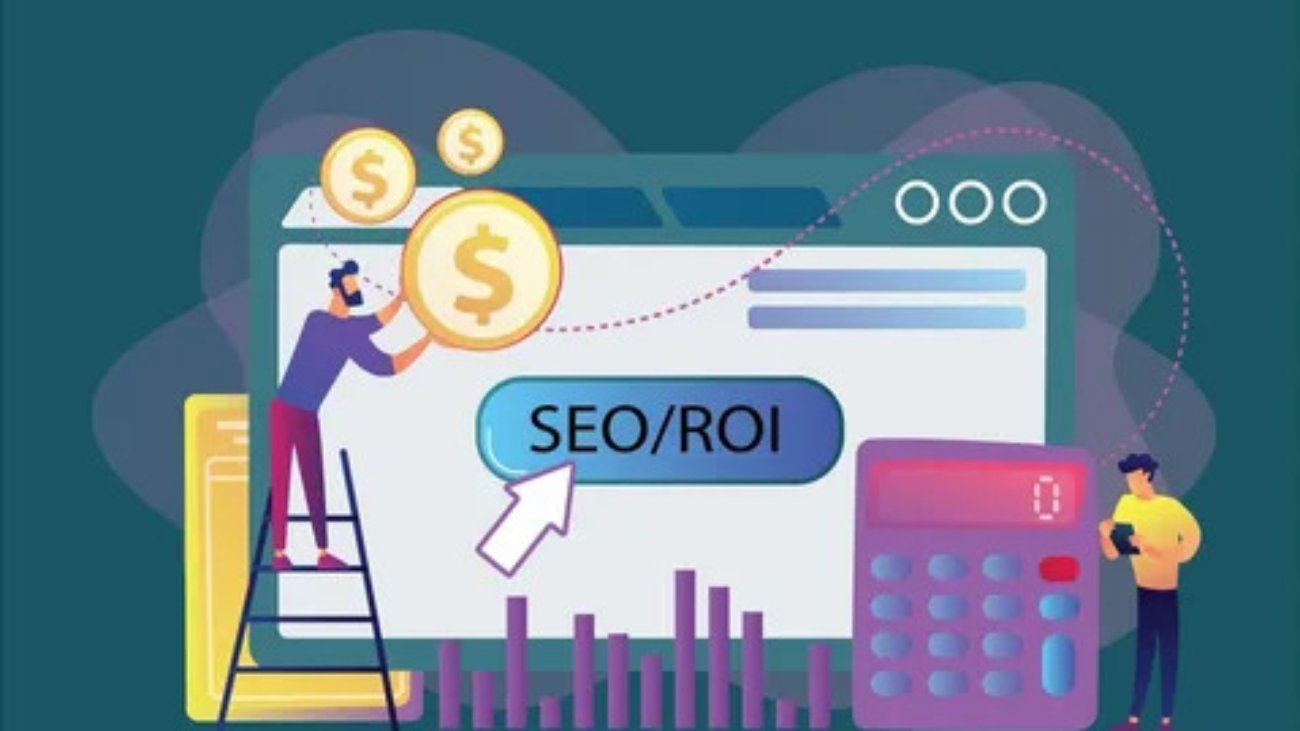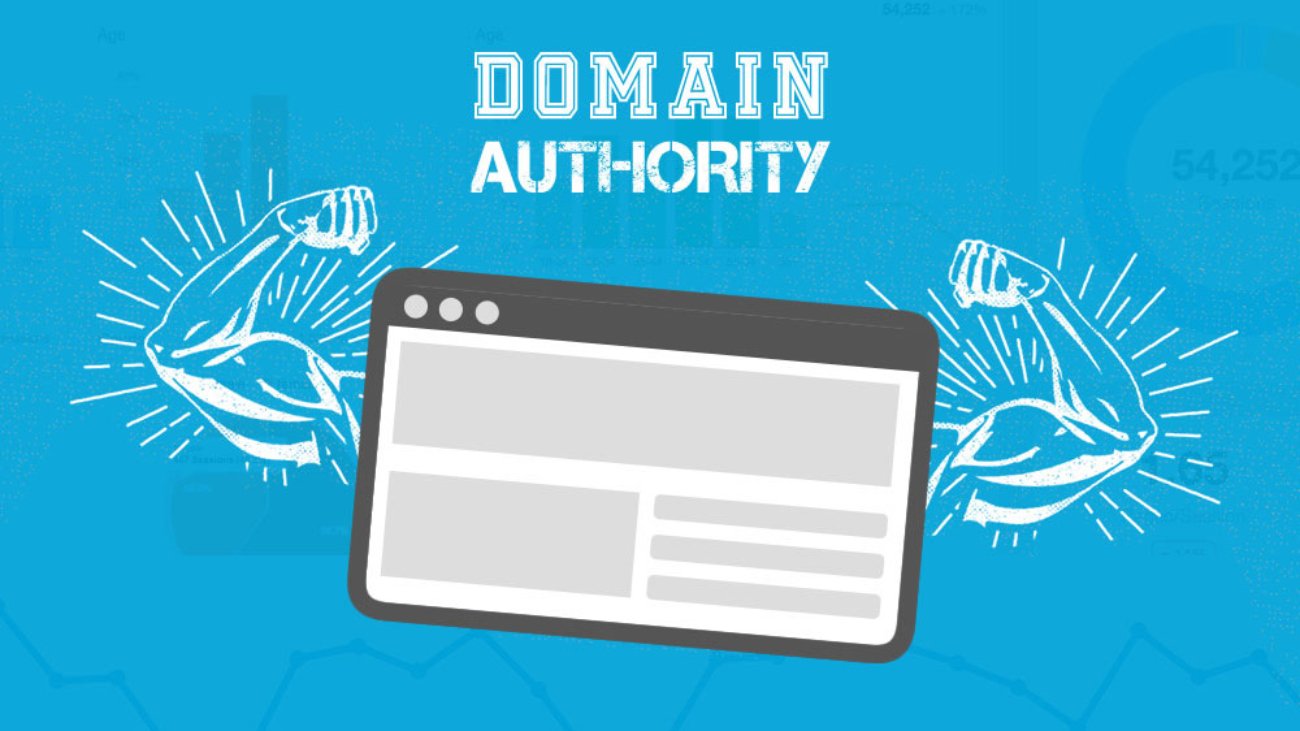Introduction
If you’re investing time, money, or team resources into SEO, you must answer this critical question: What’s the return on investment (ROI)?
Search Engine Optimization is often seen as a long game, making it hard to measure the impact compared to paid advertising. But without knowing your SEO ROI, you can’t justify budgets, prioritize campaigns, or track real business growth. In 2025, SEO has evolved and so must our understanding of how to measure its performance.
This guide explains everything you need to know about SEO ROI: what it is, how to calculate it, what tools to use, and how to make smarter SEO investment decisions that directly impact your bottom line.
What Is SEO ROI?
SEO ROI (Return on Investment) is a metric that shows how much revenue you earn compared to how much you spend on SEO activities.
Basic Formula:
If your SEO campaign generated $10,000 in revenue and cost you $2,000:
A 400% ROI means you’re earning $4 for every $1 invested.
Why SEO ROI Matters in 2025
In 2025, businesses have tighter margins and more options than ever. Proving SEO’s value is critical for:
-
Justifying SEO budgets
-
Prioritizing content or link building strategies
-
Aligning SEO efforts with C-suite goals
-
Scaling campaigns that work and cutting those that don’t
It’s no longer enough to say “traffic is growing.” You must show revenue attribution and bottom-line impact.
What to Include in SEO Revenue?
Here’s what you should consider when calculating SEO-generated revenue:
1. Organic Conversions
Track leads, purchases, or sign-ups that result from organic search traffic using tools like Google Analytics 4 (GA4) or CRM platforms.
2. Assisted Conversions
Sometimes SEO plays a role in the early stages of a funnel, but conversions happen later. GA4 allows attribution modeling to see SEO’s contribution.
3. Lead Value Estimation
If you’re a B2B brand, assign a monetary value to leads. For example:
-
100 organic leads/month
-
5% close rate
-
$2,000 average deal value
= $10,000/month in attributed revenue
What to Include in SEO Costs?
1. In-House Costs:
-
Salaries for SEO team members
-
Content writers, developers, designers
-
Internal tools and infrastructure
2. Outsourced Costs:
-
SEO agencies or freelancers
-
Paid tools (Ahrefs, Semrush, Screaming Frog, etc.)
3. Content Production:
-
Blog posts, videos, landing pages
-
CMS management and optimization
4. Link Building:
-
Outreach campaigns
-
Guest post costs
-
Digital PR
When calculating total SEO costs, include fixed + variable expenses.
Tools to Track SEO ROI
-
Google Analytics 4 (GA4) – Set up conversion goals, events, and attribution tracking
-
Google Search Console – Track impressions, CTR, keyword positions
-
Ahrefs/Semrush – Estimate traffic value and compare against competitors
-
HubSpot/CRM – Link leads and sales to SEO campaigns
-
Looker Studio – Build custom dashboards for ROI monitoring
-
CallRail/What Converts – If leads convert offline, track phone calls from SEO efforts
Attribution Models and SEO ROI
Attribution is a major challenge when measuring SEO ROI.
Common Attribution Models:
-
First-click: Attributes revenue to the first interaction (often SEO)
-
Last-click: Attributes revenue to the last source before conversion
-
Linear: Distributes value equally across touchpoints
-
Data-driven (GA4 default): Uses machine learning to distribute value
In most B2B or long-funnel businesses, first-click or linear models better reflect SEO ROI.
SEO ROI for Different Business Types
1. E-Commerce
-
Easier to track: Each sale can be directly linked to product pages
-
Use UTM parameters and track SEO-driven revenue
-
Focus on ROI per product category or keyword cluster
2. Lead Gen (B2B)
-
Measure leads from SEO landing pages
-
Calculate Customer Lifetime Value (CLTV) from SEO-driven leads
-
Use CRMs like HubSpot, Salesforce for end-to-end tracking
3. SaaS
-
Focus on signups, demos, and trials
-
Track SEO-assisted MRR (monthly recurring revenue)
-
Use cohort tracking and churn modeling
How Long Before SEO Shows ROI?
SEO typically takes 3 to 6 months to show noticeable ROI, depending on:
-
Competition level
-
Site authority
-
Content depth
-
Indexing and crawl speed
SEO is compounding you may see minimal results at first, then a sharp increase.
ROI-Driven SEO Strategy: What to Focus On?
-
High-Intent Keyword Targeting
Prioritize keywords with buyer intent “best CRM for law firms” over “what is a CRM.” -
Conversion-Optimized Content
Blog posts should lead to a clear CTA downloads, form fills, demos. -
Content Funnel Mapping
Align content to stages:-
TOFU (Top of Funnel): Informational
-
MOFU (Middle): Comparisons
-
BOFU (Bottom): Conversions
-
-
Landing Page SEO
Optimize service/product pages, not just blogs. -
Technical SEO & Site Speed
Fast-loading, mobile-optimized pages = lower bounce + higher conversions.
SEO ROI Benchmarks
ROI varies widely across industries, but here’s a rough breakdown:
| Business Type | Typical SEO ROI (Year 1) |
|---|---|
| E-commerce | 200% – 800% |
| B2B SaaS | 150% – 600% |
| Lead Generation | 300% – 1000% |
| Local Business | 500% – 1200% |
Keep in mind, Year 2+ ROI is often much higher because content and links continue to deliver returns without repeat costs.
How to Report SEO ROI to Stakeholders
Don’t just say “traffic increased.” Translate efforts into outcomes:
-
“Our SEO campaign generated $45,000 in new revenue this quarter at a cost of $6,000. That’s a 650% ROI.”
-
Visualize ROI using Looker Studio dashboards and monthly reporting formats
-
Use rankings, traffic, and revenue data to show a direct connection
Common Mistakes in Measuring SEO ROI
- Using vanity metrics (traffic) instead of revenue
- Ignoring attribution models
- Not tracking goal completions
- Underestimating SEO costs (freelancers, tools)
- Failing to segment branded vs. non-branded traffic
Measuring SEO ROI is as much about tracking the right things as it is about calculating them correctly.
Bonus: SEO ROI Calculator Template
Want to make this easy? Use a simple spreadsheet with fields for:
-
Traffic from organic search
-
Conversion rate
-
Average order or deal value
-
Monthly SEO spend
-
ROI formula pre-applied
Let me know, and I’ll send over a free Google Sheets SEO ROI calculator.
Long-Term Value of SEO ROI: Beyond Immediate Numbers
Unlike paid ads, which stop delivering results once you stop funding them, SEO is a long-term investment with compounding returns.
Key Long-Term Benefits That Enhance ROI:
-
Evergreen Content: A single blog post can rank for years and drive consistent traffic without ongoing ad spend.
-
Backlinks Grow Over Time: Quality content continues attracting links, improving rankings and visibility.
-
Domain Authority Builds Trust: As your domain gains authority, new content ranks faster, reducing time-to-ROI.
-
Lower Customer Acquisition Cost (CAC): Over time, the average cost to acquire a customer via SEO drops significantly, raising profit margins.
Many businesses underestimate how SEO builds marketing efficiency in the long run.
Brand Authority as an Indirect ROI Multiplier
SEO doesn’t just bring in direct traffic it builds brand awareness and authority, which indirectly multiplies ROI.
Here’s how:
-
High search rankings position your brand as a leader.
-
Users begin to recognize your domain in SERPs and click it more often (boosting CTR).
-
You start earning more branded search volume (a sign of strong brand equity).
-
Influencers, bloggers, and news sites reference your brand, increasing referral traffic and backlinks organically.
This “halo effect” strengthens all marketing efforts, from email to social media, amplifying ROI across channels.
Automating SEO ROI Tracking with Tools
In 2025, you don’t have to track SEO ROI manually.
Here’s how to automate ROI reporting:
-
Use GA4 + Looker Studio to auto-pull traffic, conversions, and goal data
-
Set up monthly dashboards that track revenue, cost, and ROI per channel
-
Use Zapier or Make to connect form fills (from SEO pages) to your CRM
-
Use Segment, HubSpot, or Pipedrive to link leads to closed revenue
Bonus Tip: Tag all major content efforts with custom UTM parameters to see their individual ROI in analytics platforms.
Final Thoughts
In 2025, measuring SEO ROI isn’t just smart it’s essential. Whether you’re in e-commerce, B2B, or SaaS, understanding your ROI helps make smarter marketing decisions, justify resources, and grow your business sustainably.
With the right tools, data, and mindset, you can transform SEO from a cost center into a high-return growth engine.




